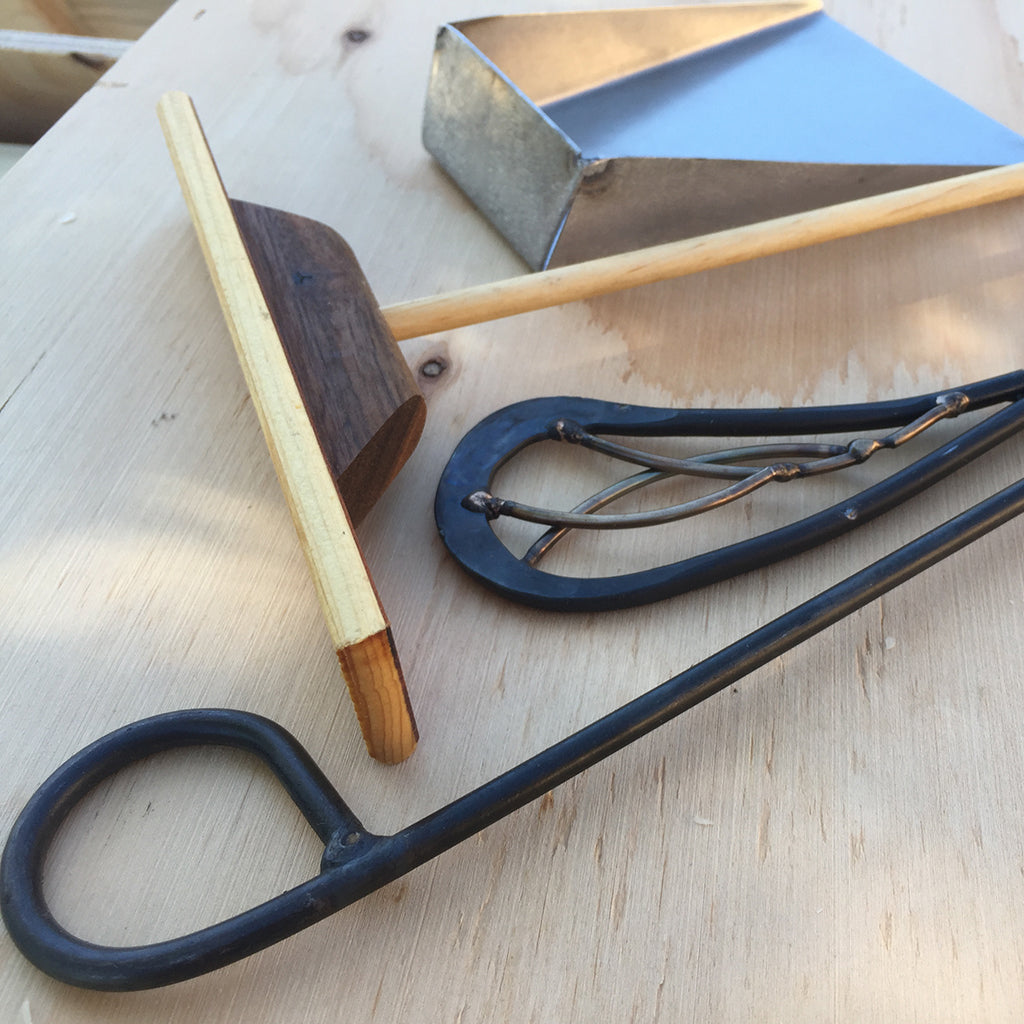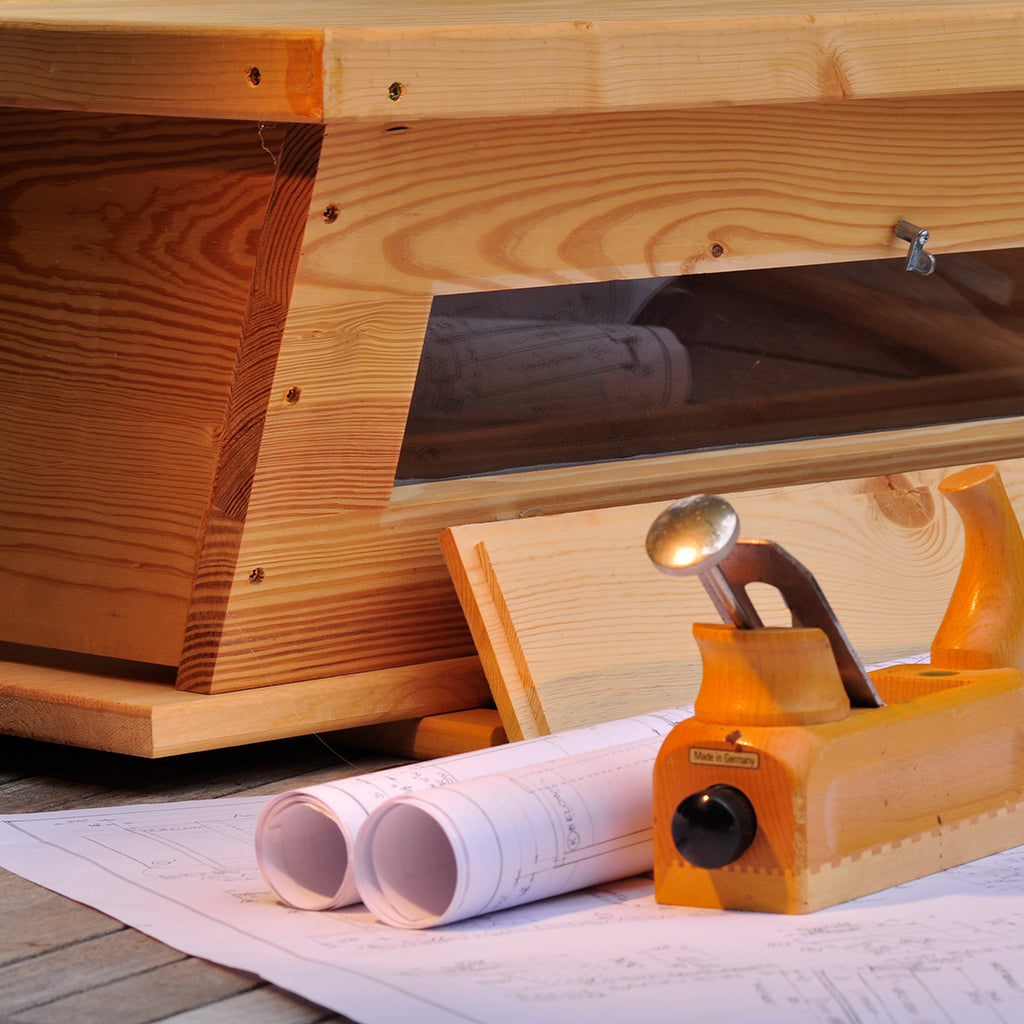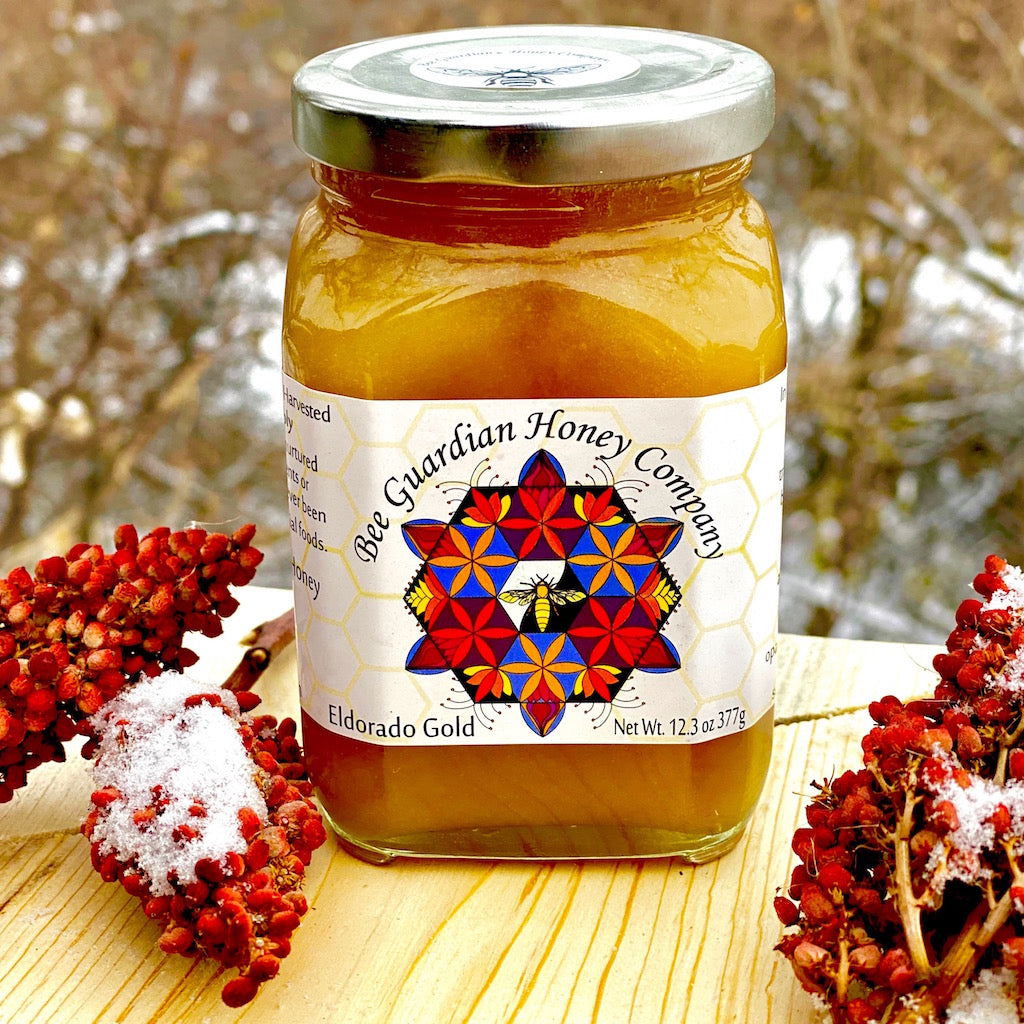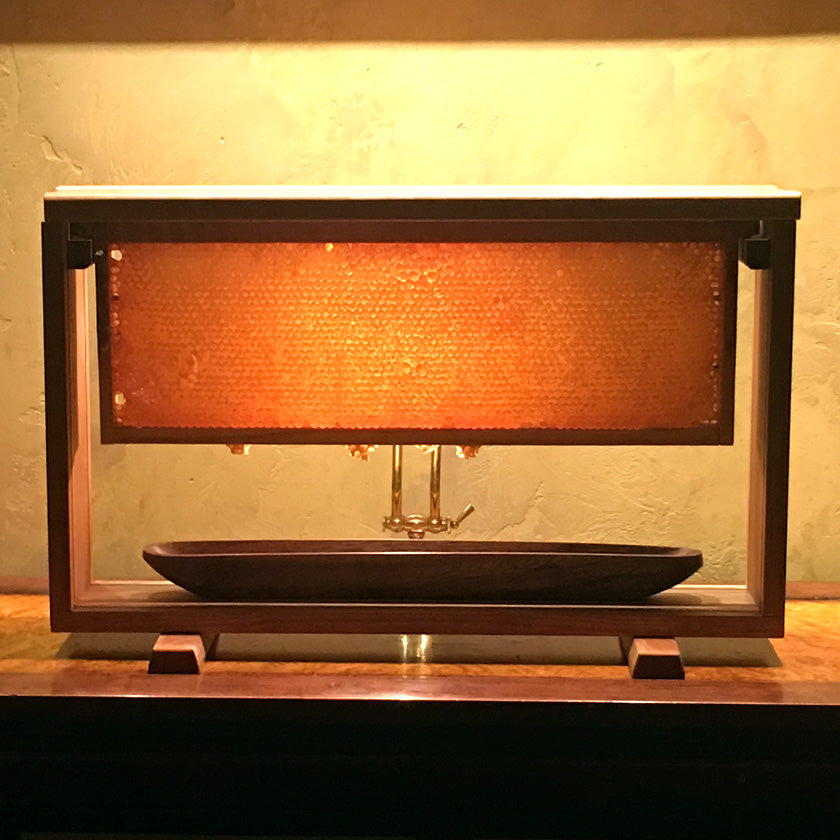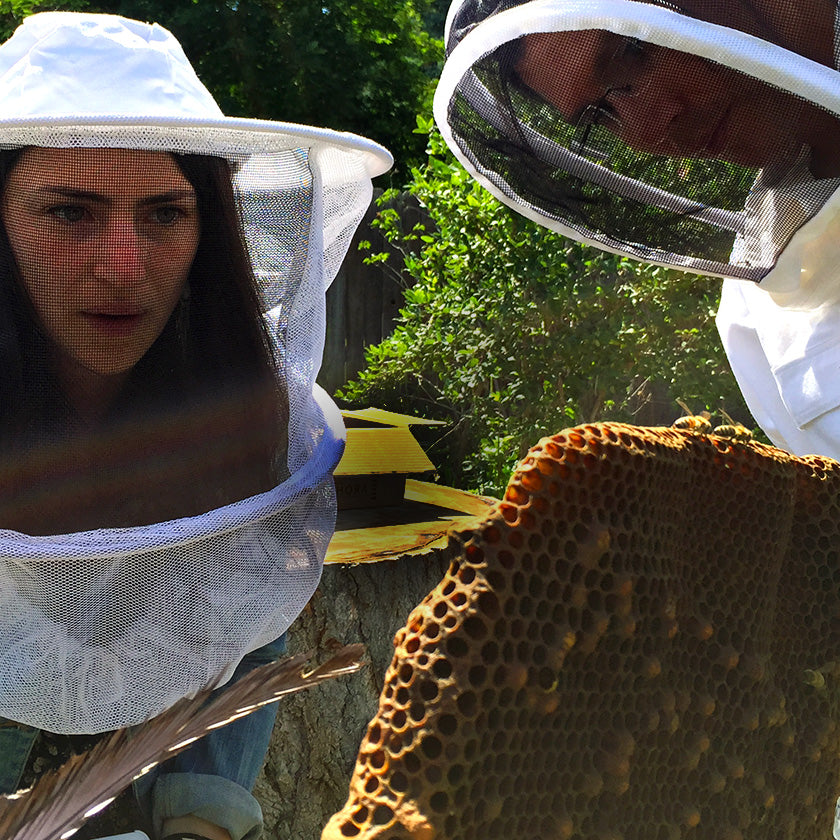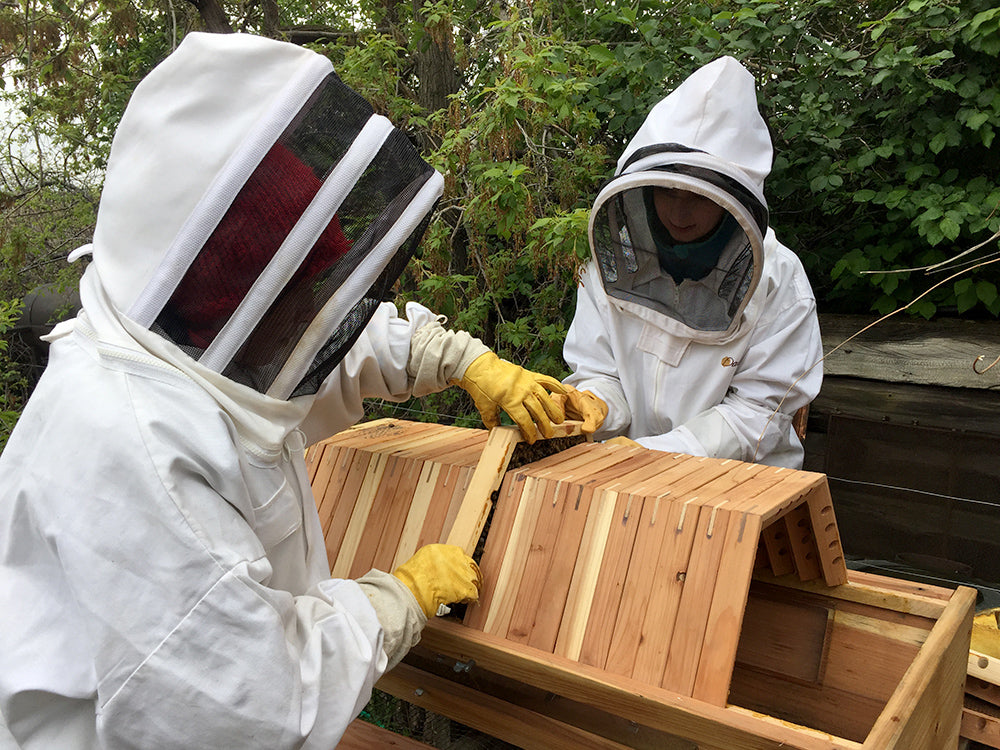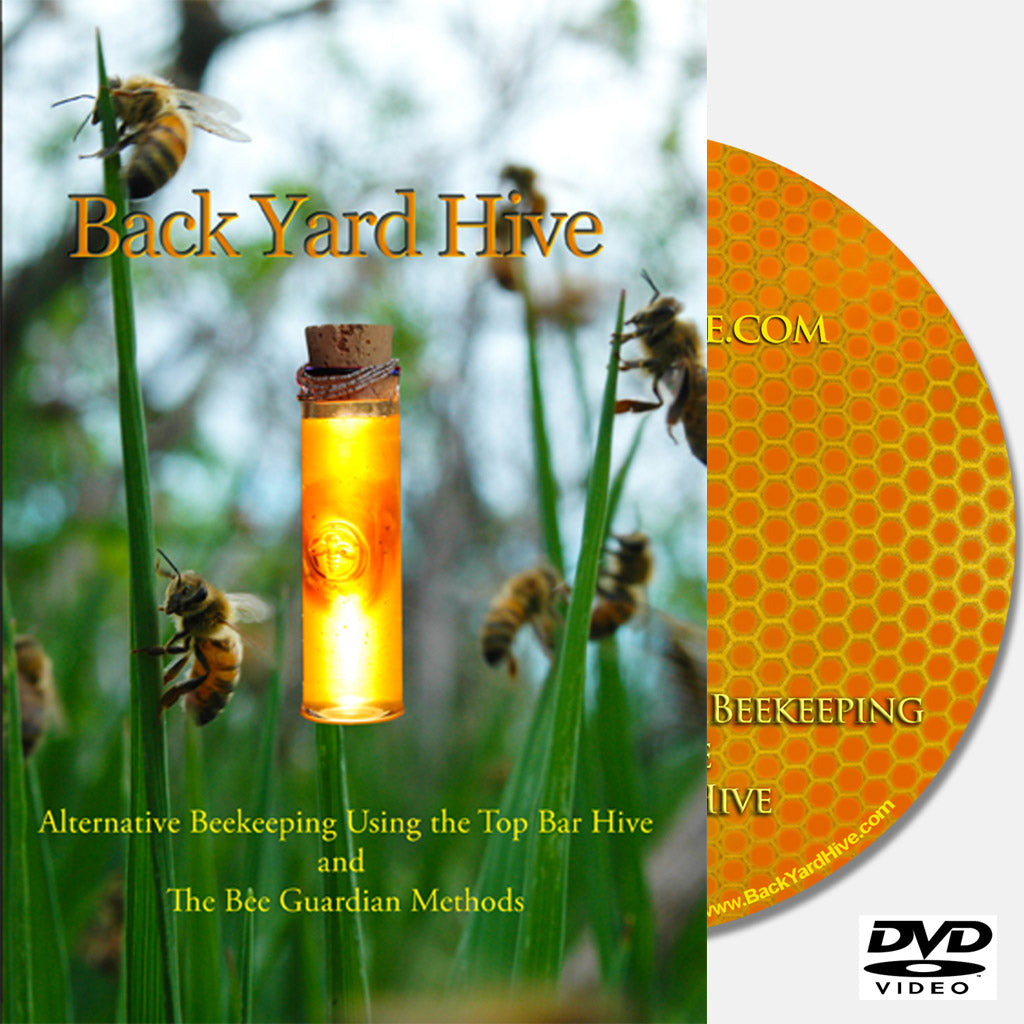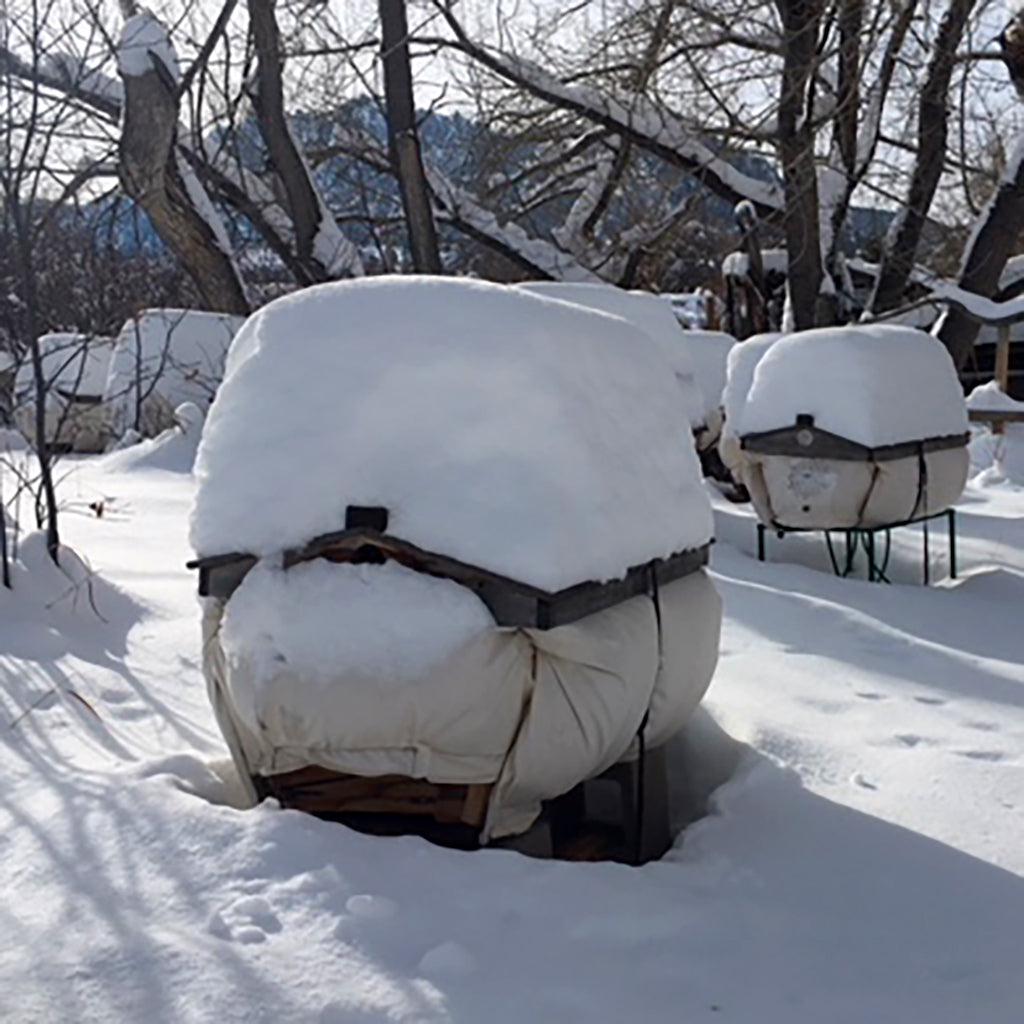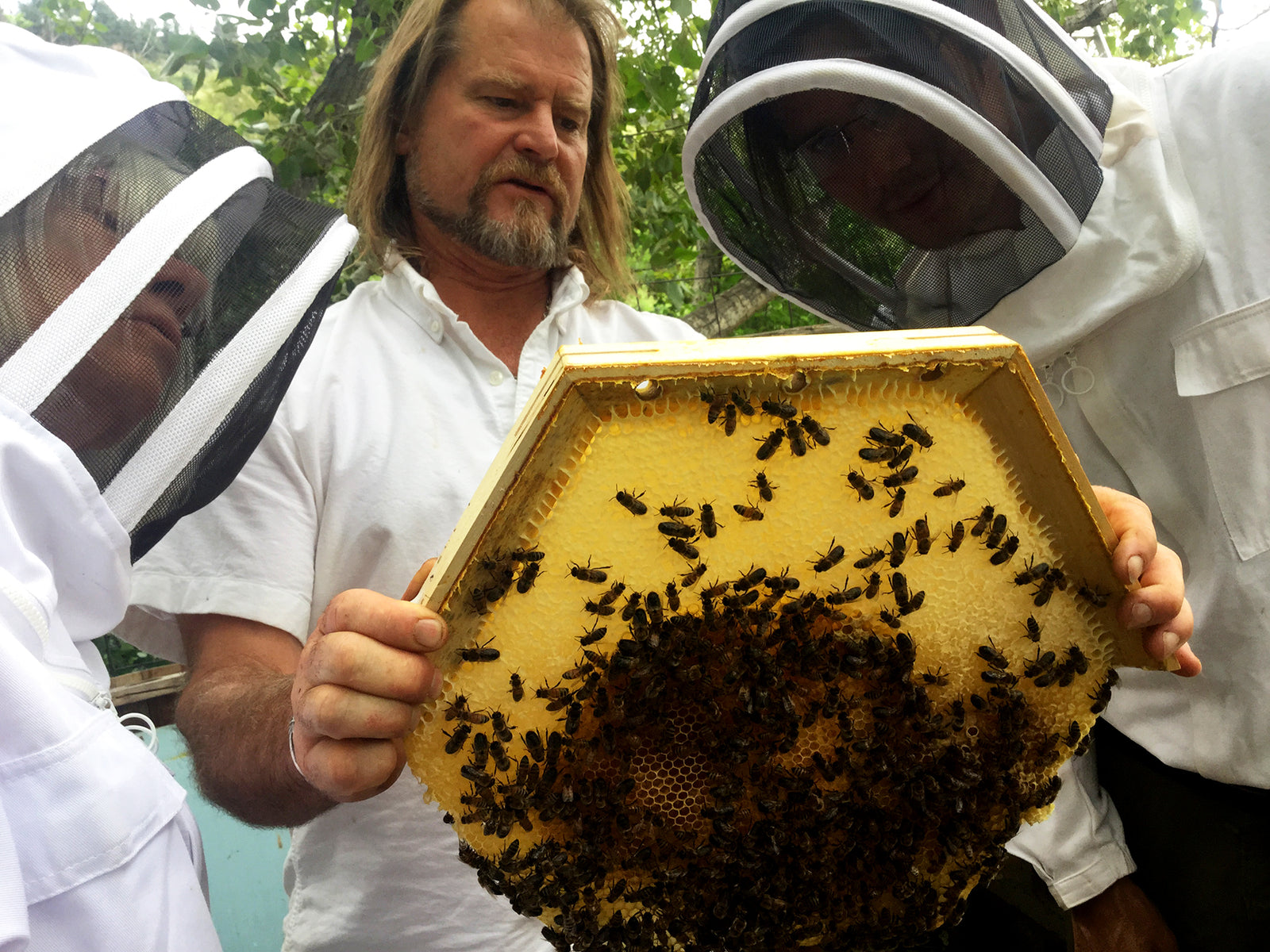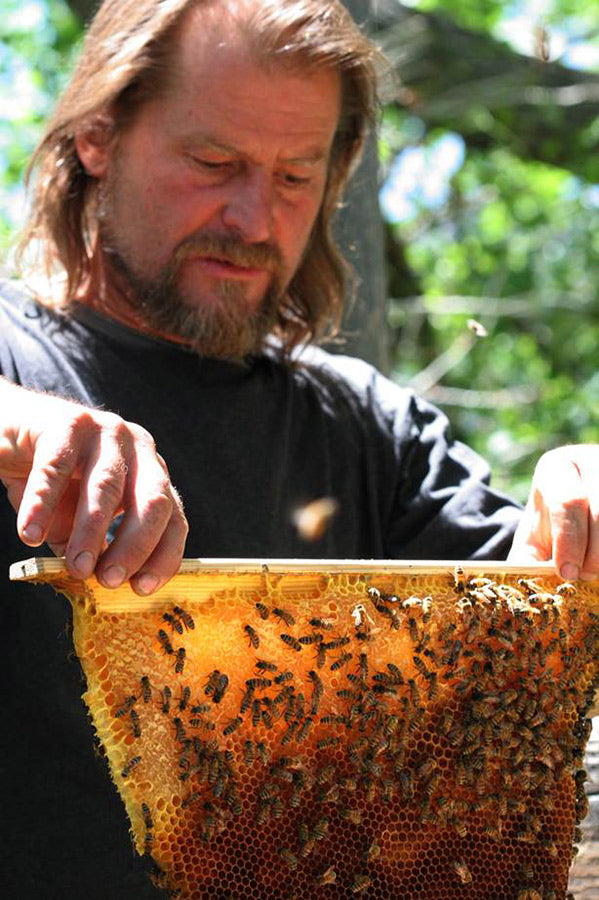Identifying the members of the bee colony
Worker Bees
Worker bees are all female and perform various roles in the hive depending on their age. These roles include: nurse bees (clean cells, feed and care for brood) heater bees (warm brood to consistent temperature), guard bees (defend the hive, inspect incoming foraging bees), and bees who serve in the court of the queen (feed and care for the queen). Later in life, (approx. 35-49 days old) bees will become field bees (or foragers) who forage for nectar, pollen, water and propolis. They do not gather all these during a single trip, but are specific depending on the needs of the colony. They can travel up to 4 miles to a nectar source, foragers make thousands of trips from the field to the hive to fill a comb with nectar. Their average lifespan is about 6-8 weeks in the summer time. The average foraging life of a bee has been estimated as less than seven days, because of the many risks and severe metabolic costs associated with foraging.
Drone Bees
Drones are all male and are larger than worker bees. They are fuzzy with larger globed eyes and do not have a stinger to defend the hive. The drones like the queen, do not have body parts to collect nectar and pollen, so they get a bad rap for eating all the honey and doing no work in the hive. But drones have a very important role of passing along the genetics of the colony. This is accomplished by mating with a virgin queen from the local geographical area. Drones will gather about 500 feet in the air, in what is called a drone congregation area, waiting for a queen to mate. By surrounding the inside of the hive at night, they help to maintain brood temperatures at night and during the early Spring. Drones are the only caste members in the hive that can go into another hive and be accepted. Drones do not mate with their own queen. Drones do not overwinter in the hive, they are kicked out of the hives in the fall.
The Queen Bee
In a backyard hive there is only one queen per hive. She can be identified by her much longer abdomen. Her main function is reproduction, and she will lay thousands of eggs during her lifespan. During peak colony buildup, the queen will lay nearly her body weight in eggs every day, up to 2,000 eggs a day. Her life can last up to 4 to 6 years in optimal conditions. She mates only once in her life with up to about 13 drones in a mating flight. The “Queen's court” (worker bee helpers) attend to the queen to feed and care for her.
What is the difference between a colony and a bee hive?
The bee hive is the 'structure', man -made or natural, like a hollow in a tree, that the bees inhabit. The colony is the group of bees that live inside an individual hive.


